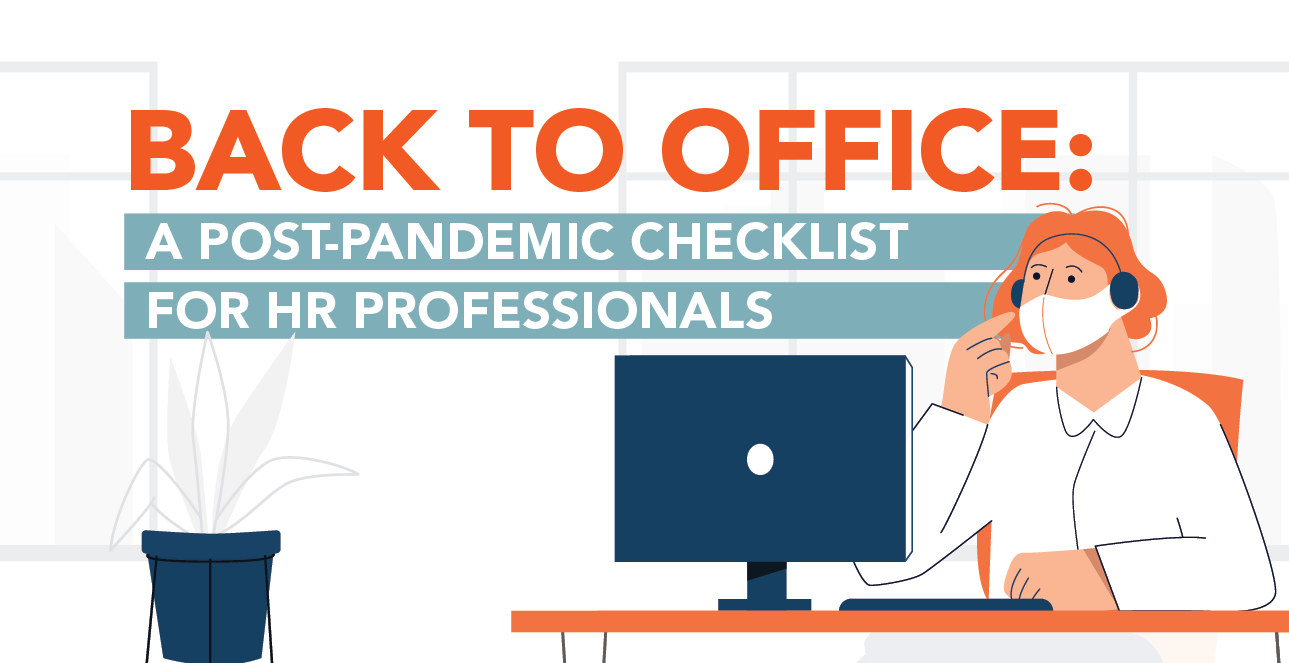
The year 2020 is one that many would rather forget. Due to the emergence of COVID-19, people from all walks of life have been forced to make significant lifestyle adjustments. To prevent the spread of the virus, everyone had to stay home, and public establishments have been ordered to close.
While these measures have kept millions safe, there’s no denying that these also brought numerous challenges.
Apart from the medical frontliners, the COVID-19 pandemic has also been difficult for business owners. To meet the demands of the new normal, companies had to repurpose their services and fully transition to a digital setup wherein most employees worked from home. While the shift to remote work has not been easy, it has allowed entrepreneurs to ensure business continuity.
The past months have been challenging, but the world is getting back on its feet to live in the new normal. While some organizations chose to remain with the work-from-home setup, others opted to return to the office with the utmost focus on health and safety protocols.
If you’re planning to come back to the office in the next few months, you need to have safety measures in place. To make things easier for you, we’ve prepared a handy back-to-the-office checklist!

A Post-Pandemic Checklist for HR Professionals
Quarantine restrictions may be getting lighter, but don’t get complacent: COVID-19 is still a threat to public health, with new strains that can spread faster than the first one still being discovered. If you plan to return to the office soon, you’ll need to be aware of the risks and prepare accordingly to keep your employees safe.
What to Prepare
- Cleaning and sanitation protocols – Everything in your facility must be disinfected before use. Considering that COVID-19 can stay on surfaces and commonly touched items like countertops, doorknobs, and others, it only makes sense to clean everything thoroughly. Having sanitation guidelines in place will help you eliminate germs and reduce the risk of infection.
- New office space and layout – Your employees will need to practice social distancing in the office. If tables are too close to each other or meeting rooms are cramped, the workspace can turn into a breeding ground for the virus.
With that said, you need to change your office layout—place chairs a few meters apart and widen common spaces. Also, make sure that there’s proper ventilation.
Note: Here are 6 post COVID-19 office design trends you should know.
- Working hours – Setting specific work hours will let you regulate who can come in and out of the office. If there are too many employees in the office at once, it will crowd up the workspace, leading to possible transmission of the virus. Letting your staff attend work in shifts is ideal, so discuss this with your team leads accordingly.
- Employee handbook – The new normal ultimately calls for new rules. To ensure that no new office policies are overlooked, you need to put them in writing. Before you let your employees come back to the office, give them a copy of the updated handbook so they can be acclimated to the new office rules.
- Medical benefits/insurance – Since public exposure—from commuting to work to buying lunch—has its risks, some of your employees will not be comfortable going back to the office. For instance, breadwinners getting sick can be a massive blow to their loved ones.
You can manage this situation by providing the necessary medical coverages for your staff. Adjusting your medical benefits is one way to give them a stronger sense of ease to return to the office.
- Counseling – The new normal can be very overwhelming for anyone. Now that people live in fear of the virus, it’s no surprise that many are having heightened levels of stress and anxiety. Maintain employee well-being by providing counseling services—it will do wonders for the mental health of your staff.
Work Setup Options
1. Back to office – This setup means that all of your employees are required to go back into the office. If the nature of their work requires face-to-face encounters, then you can settle with this arrangement. Considering the risks of COVID-19, though, safety protocols must already be established before doing so.
2. Work from home – This option allows your staff to work remotely. If your company has suffered some losses in the past few months or the employees don’t necessarily need to meet up to complete their tasks, then this option will be best. It will help you cut down costs, provide more flexibility, and keep your staff safe.
3. Blended or mixed – This arrangement gives you the best of both worlds. Some of your employees who need to go to the office may do so, while others can just work from home. Using this setup will be beneficial since it maximizes company productivity and caters to everyone’s needs.
Tips for Returning to the Office
1. Communication is key – During these tough times, transparency is vital for everyone’s safety. Letting your employees know that communication lines are open will give them an easier time voicing out concerns.
In case someone feels sick or is exposed to a COVID-19 positive individual, proactively communicating matters will help manage the situation and prevent worst-case scenarios.
2. Limit the number of people inside the office – To avoid crowding in the facility, you should limit the number of employees allowed in the workspace. Discussing with your team leads and letting them know when their members can come to the office will encourage physical distancing and prevent the transmission of the virus.
3. Implement the rules strictly – With new regulations in place, be fair and don’t make exceptions for any person. Whether it’s for your guests, staff, or department heads, make sure that your guidelines are strictly implemented.
4. Stay flexible – Be considerate to the needs of your employees. Since going to the office can expose them to the virus, you may have some team members that feel uncomfortable returning. Find the middle ground, especially for employees who are also primary caregivers in the family. Listen to their needs and be considerate of what everyone is going through.
5. Provide protective health equipment throughout your facility – Controlling the virus’s spread starts with the individual. To ensure that good hygiene practices are maintained in the office, you should provide protective equipment throughout the facility. Placing rubbing alcohol near doorknobs and common areas is a simple yet effective way to keep the workspace COVID-free.
A Safe Return to the Office
The pandemic has changed the world as we know it. While the idea of going back to the office may spark some excitement, it’s important to know that things won’t immediately go back to the way it used to be. COVID-19 continues to remain a threat, so employers must plan their return to the office with the utmost care.
Now that you have this checklist at your disposal, it’ll be much easier for your employees to come back to your facility.
In case you need help hiring more staff members, look no further! As a top recruitment agency in the Philippines, our experts will be glad to help you navigate this new normal. Contact us today to learn more.













